Don’t eat that egg: The lowdown on withholding periods for your chickens
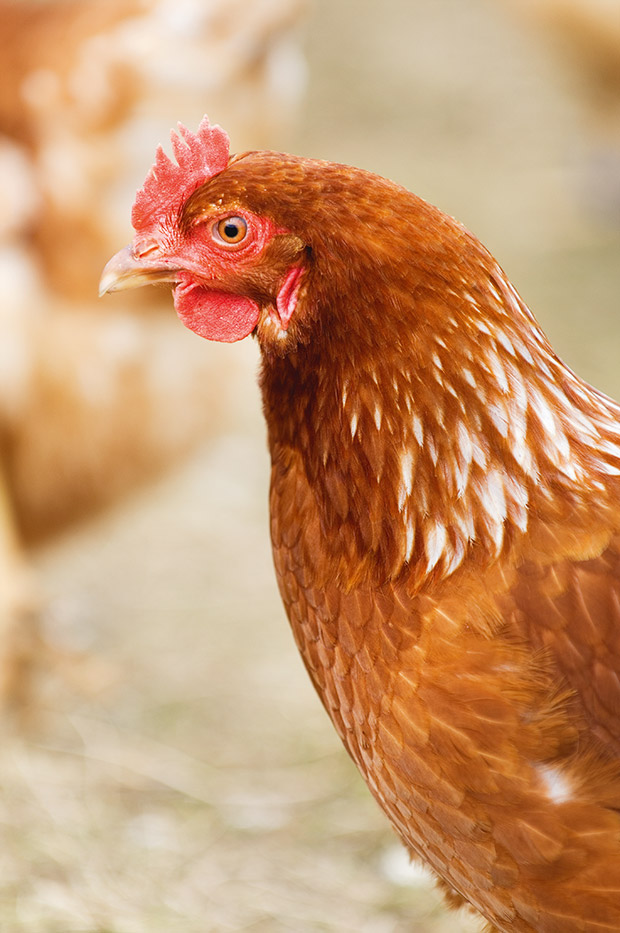
Withholding periods – where you can’t eat the eggs or meat of poultry dosed with medication or drench – are often misunderstood and crucial for human health.
Words: Sue Clarke
A healthy hen will produce an egg every 24 hours or so.
But its final form begins developing several days before, and some of its components have been in the hen’s body for months.
The yolk takes the longest time to develop, about 10 days. It’s also the most likely part of the egg to accumulate medication or chemical residues introduced into the hen’s body during that time. Some drugs can also make their way into the albumen (the ‘white’).
Research shows there can be unhealthy residue levels in poultry meat and eggs during the recommended withholding periods for different medications and treatments. The time it takes to disperse depends on the chemicals involved, but typically it’s 7-10 days in eggs, up to 63 days in tissue.
What is a withholding period (WHP)?
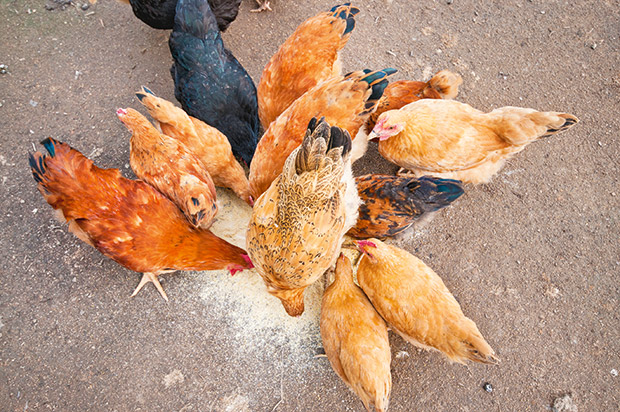
It’s the minimum amount of time that must pass between applying a veterinary medicine or compound to any animal or insect and the harvest of eggs, meat, milk, or honey for consumption by people or other animals.
A withholding period starts from when the last treatment is administered to the animal. The number of days varies depending on the product.
Common medicines/compounds that will have a withholding period include:
• internal parasite treatments;
• external parasite treatments;
• antibiotics;
• vaccines;
• anaesthetic drugs.
Veterinary medicines registered for use in or on animals will have the withholding period printed on the label. They calculate these from residue data provided during the registration of a veterinary medicine.
Where no residue data is provided for a product, the Ministry for Primary Industries (MPI) uses default withholding periods, a conservative time based on all residue data provided to it by manufacturers.
For poultry and other birds, the defaults are:
• meat, 63 days
• eggs, 10 days
Withholding periods for ‘off label’ products
Sometimes a product may be used ‘off label’ on a veterinarian’s prescription or advice. It usually means that the product has been formulated and marketed for a different species but is being prescribed for use in poultry.
For example, a common use of an off-label product in NZ backyard poultry is ivermectin-based cattle or sheep pour-on products to control external and internal parasites. Many vets sell small quantities of these products, along with administrative advice, for use on poultry. If you’re using a pour-on you already have, it’s important to know the withholding times printed on the container for meat or byproducts (eg, milk) from mammals don’t apply to poultry.
Some medications may be frequently used as a treatment in poultry overseas. However, many aren’t licenced for poultry, or freely available in NZ. This is commonly due to its low level of usage (eg, ivermectin for poultry), meaning it’s uneconomic for a manufacturer to formally register and licence it with the NZ Animal Remedies Register for use in poultry.
Why it’s important to observe withholding periods
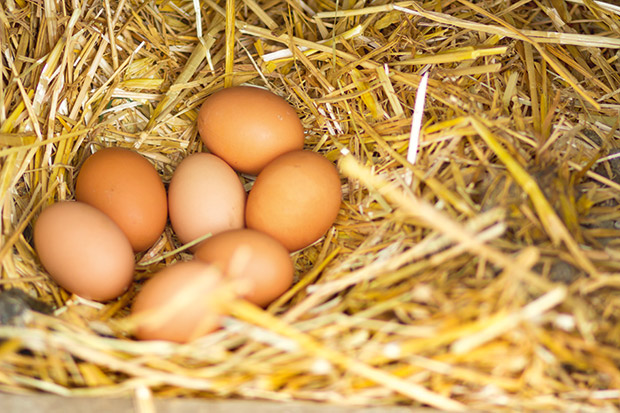
Withholding periods are for your protection. The calculations used to determine a product’s withholding period ensure that a bird’s body has time to break down the drug or chemical to a level where it doesn’t pose a health risk to you, pets, or other animals eating the eggs or meat.
It prevents the ingestion of antibiotics, parasitic drugs, anticoccidial, or nonsteroidal anti-inflammatory drugs (NSAIDs) that could produce:
• multidrug resistance;
• allergic reactions;
• gut issues;
• immunity issues;
• damage to the liver;
• fertility issues and loss of pregnancy;
• cancer;
If you’re regularly eating eggs or meat within the withholding period, over time your body may no longer respond to that chemical or drug if it’s used as a human medication or treatment.
Why do withholding periods vary so much?
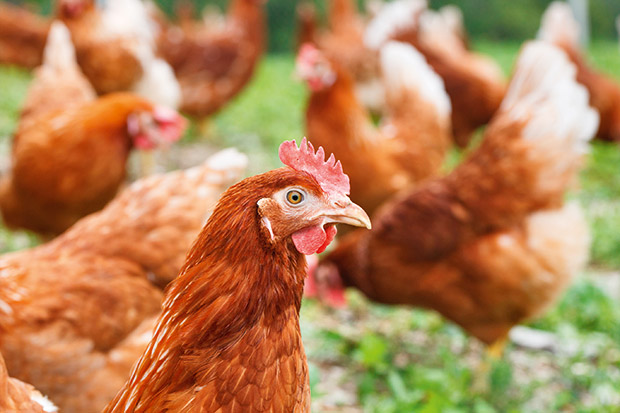
Withholding periods are carefully calculated. They’re registered for a particular use for a specific length of time, at a given rate, in a targeted species.
It will vary depending on the product, the length of time it is administered for, and the species targeted.
Birds have marked physiological differences from mammals and a higher metabolic rate (temperature, heart, respiration rate). This means you may use the same antibiotic for a lamb and a chicken, but for it to be effective in a bird, it may need to be administered:
• at a higher rate
• for a longer period.
The withholding period will be longer too.
It’s crucial to get veterinary advice to get the correct dosage rate, treatment time, and withholding period.
When a vet uses a product ‘off label’ they’ll know:
• if the product will be effective in a bird;
• what combination of medications can or can’t be used together;
• whether the dose rate needs to be changed.
For example, an antibiotic used to treat dairy cows that’s administered at milking time may be altered if the cows are milked once a day, not twice. The vet may change the dose or specify a shorter or longer treatment time.
What regularly used products should you be aware of?
The most common products for poultry that have a withholding period are for worm and mite control. Most are readily available through poultry product suppliers and vets. Some are specifically for poultry use and will have withholding instructions on the label. If prescribed by a vet, the instructions should be attached to the product.
Withholding periods are often quite different, even if products do a similar or the same job
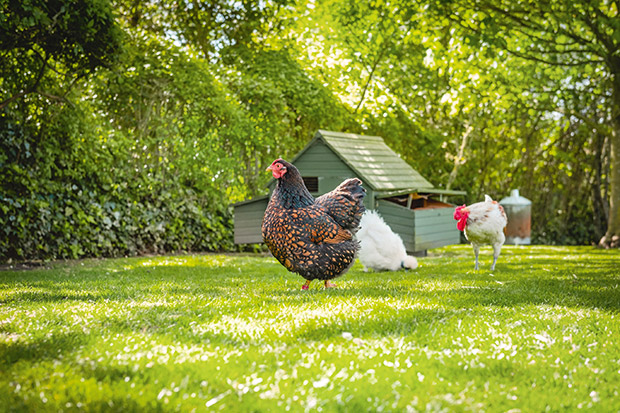
Example: Wormers
AVIVERM
Controls: roundworms, hairworms, cecal worms
Active ingredient: levamisole
Withholding period: 7 days, but it recommends a follow-up treatment 5- 7 days after the first so the total withholding period will be 10-14 days.
FLUBENOL
Controls: roundworms, gapeworm, tapeworms
Withholding period: 0 days
Products used for disinfecting and insecticides for mite control will also stipulate when you can return birds to treated coops, usually once the treated areas are dry. It’s a good idea to use disinfectants certified for use in food production areas, eg milking sheds or products such as Virkon S which is specifically sold for sanitising livestock housing.
Carefully follow instructions for chemical insecticides such as Ripcord, Miss Muffet’s Revenge, and anti-flea or mite products. Targeted insects may build up resistance to an insecticide, so rotate the use of different ones to slow it down.
Feed-based medication
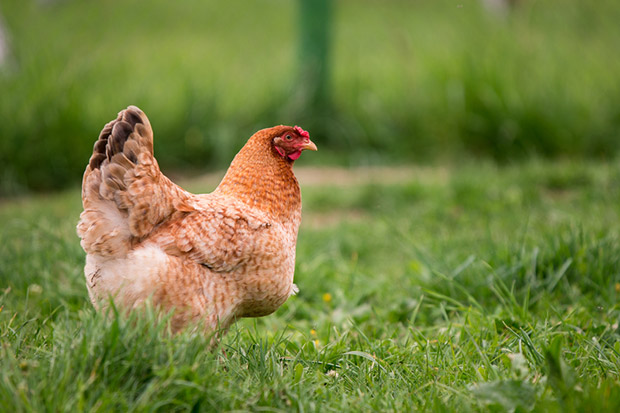
Chick starter feed usually contains a coccidiostat which helps to control coccidiosis. It’s an infectious protozoan, and its population can explode in the warm, wet environment of a brooder and damp litter around waterers.
The low dose of coccidiostat in starter feed helps protect chicks while they’re developing an immune response to the coccidian protozoa. However, it’s not high enough to prevent a full-blown infection if conditions are just right for the parasite to multiply rapidly.
The riskiest time is in a chick’s first six weeks of life. Without it, even if they don’t die, their intestines can be scarred for life, causing severe digestion issues when they’re adults.
Chicks (and a mother hen, if present) should only eat starter feed. Don’t supplement them with other foods as it reduces the amount of medication they ingest, leaving them at risk.
A mother hen doesn’t need layer feed while she’s with her chicks. She won’t be laying, and layer feed is far too high in calcium for chicks.
Medicated starter feed is also safe for non-laying hens, growing birds (up to 18 weeks), and adult roosters, so long as they’re not butchered for meat until at least seven days after eating it. Laying hens shouldn’t eat starter feed at all.
Some coccidiostats are toxic to other livestock, such as dogs, horses, and alpacas. Feed companies may not say which specific one is in their feed as they often change products to prevent resistance. A feed bag may have a label saying ‘coccidiostat included’, but not specify which one.
Coccidiostats are also often included in milk powder and pellets for calves, lambs, piglets, and rabbits. Don’t allow poultry to get access to them. If they do, don’t eat any eggs for the maximum withholding period.
Don’t eat eggs for 10 days
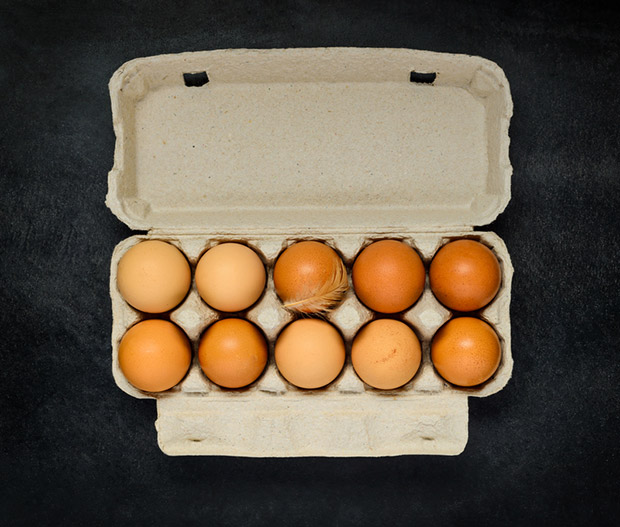
If you’re using a product ‘off label’ to treat poultry, eg ivermectin cattle pour-on for mites, you need to wait 10 days before eating the eggs. Don’t feed them to other animals, such as dogs, as residues may affect them too.
If you feed surplus eggs back to your flock, you’re lengthening the withholding period as you’re feeding the chemical back into the birds.
Do you spray near your birds or other livestock?
Research shows animals absorb pesticides when they accidentally eat recently sprayed plants, breathe it in, or touch it (eg walk through sprayed grass).
If you’re spraying weeds or treating a coop for mites, it’s crucial to follow the manufacturer’s instructions for when you can safely allow birds to have access. Often a product must be dry on a surface before it’s safe to reintroduce stock, but it varies depending on the product, so always check the label.
Love this story? Subscribe now!
 This article first appeared in NZ Lifestyle Block Magazine.
This article first appeared in NZ Lifestyle Block Magazine.
